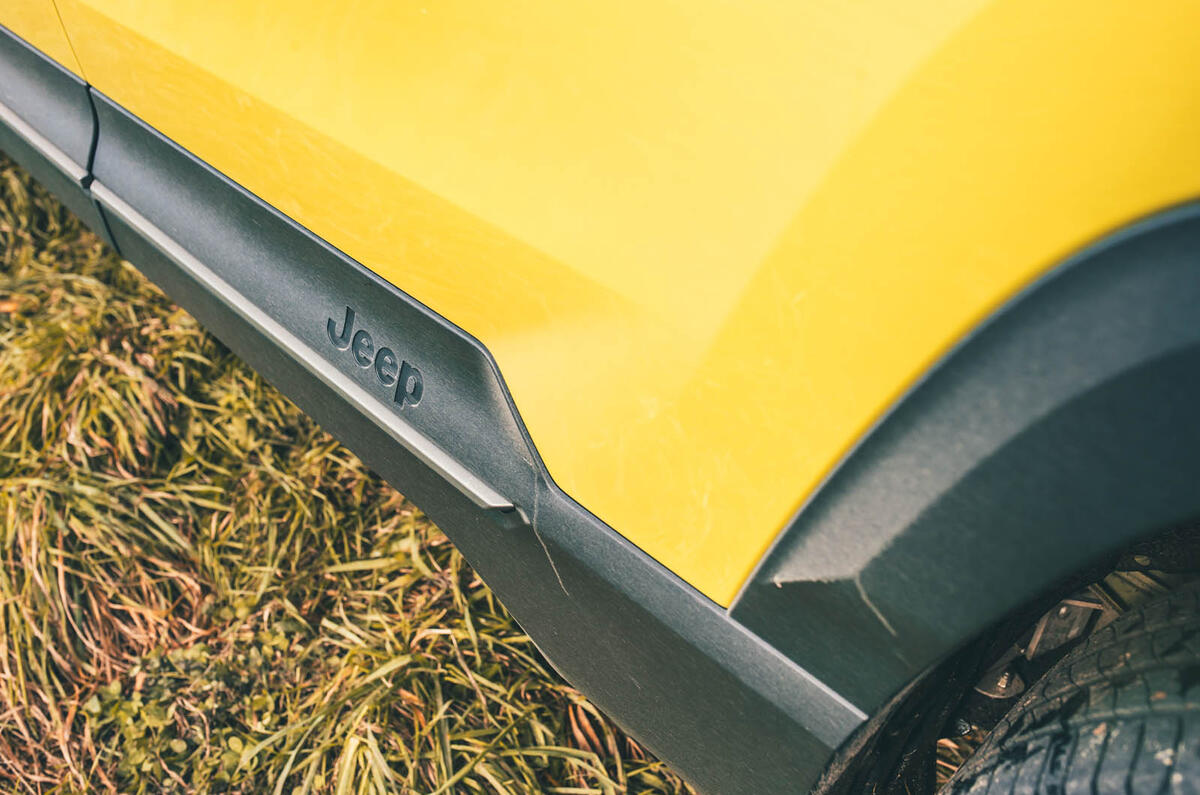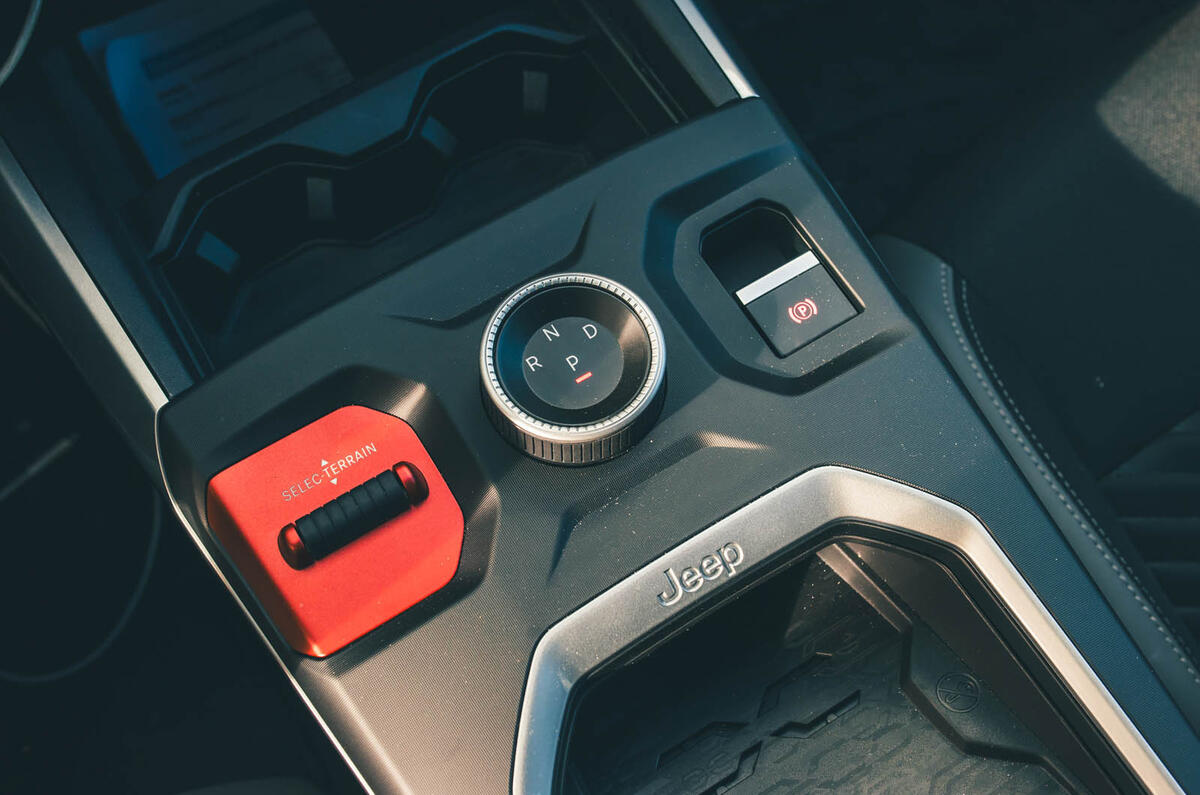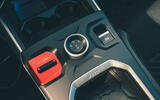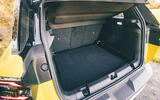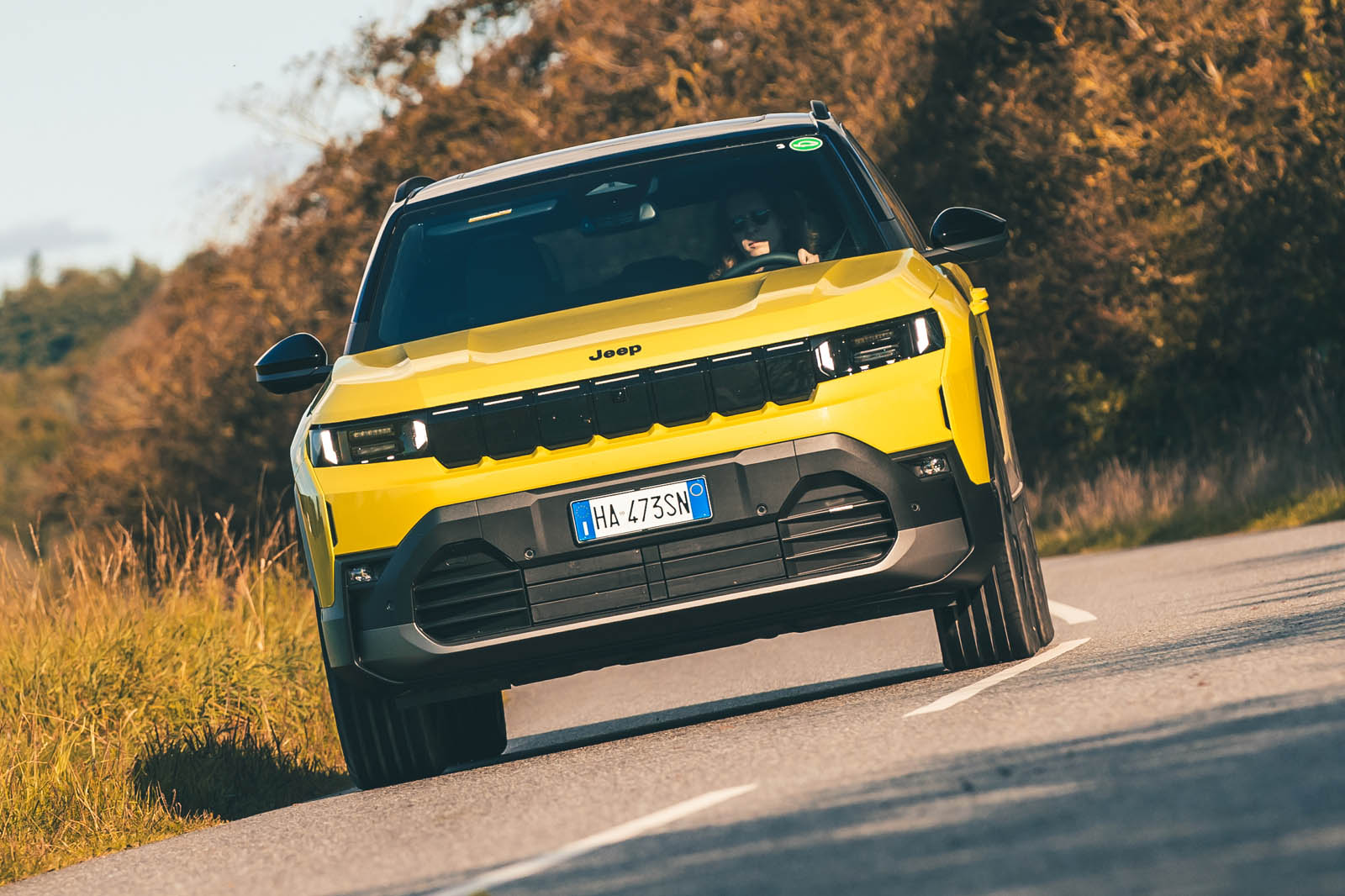Take one not-so-American do-it-all platform (STLA Medium, in this case, as previously seen under the new-shape Peugeot 3008, Vauxhall Grandland and Citroën C5 Aircross), add some butch styling complete with a seven-slot grille and plenty of Willys Jeep-themed ‘Easter eggs’ and, hey presto, 2026 Car of the Year. Or at least that’s the theory.
Use of that platform means the Compass will, in time, come with a range of hybrid and electric powertrains.
On the electric side, it is launched with a 73.7kWh battery and a single 211bhp motor at the front. A dual-motor version with an additional 177bhp motor on the rear axle will follow, and it stands to reason that a long-range version with 97kWh and 227bhp will too.
It’s surprising that Jeep isn’t launching the new Compass with the dual-motor powertrain to at least present some semblance of off-roadability. No matter: we all know how likely it is that a Jeep sees off-road action in the UK.

On the hybrid side, there will be two choices. The first uses the familiar 1.2-litre turbo petrol triple with a six-speed dual-clutch gearbox that hides a small electric motor. As well as not needing to be plugged in, this version in £3480 cheaper than the EV. There will also be a plug-in hybrid with a 1.6-litre four-cylinder.
So far, we’ve driven the single-motor EV and the hybrid triple. From the outside, the two Compasses look all but identical. The typical Jeep seven-slot grille is equally vestigial, but the hybrid a small real grille underneath. At the back, you have to duck down and look under the bumper to see the exhaust. The keen observer will then spot another difference: while the EV has a multi-link rear axle, the e-Hybrid makes do with a torsion beam.
Of course, despite the model's mechanical similarities to its siblings, Jeep’s engineers will tell you that plenty of calibration work goes on behind the big-ticket hardware. Then again, Stellantis stuff has a habit of feeling quite samey.







